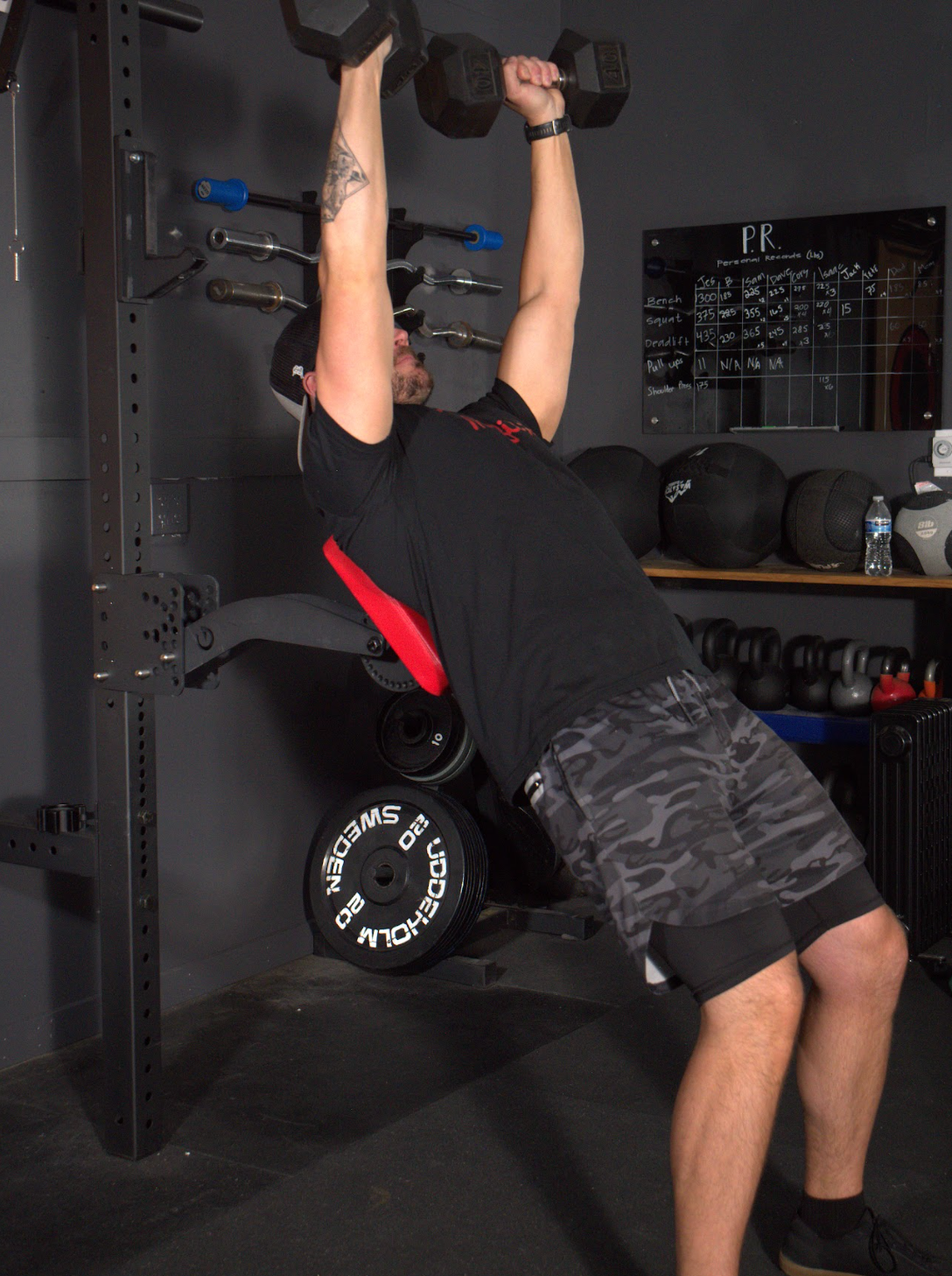Do You Need to Train to Failure for Ultimate Muscle Growth?
If you’ve spent any time in the gym, you’ve probably heard someone scream, “One more rep!” while their arms shake uncontrollably, their face turns red, and their soul leaves their body.
This is training to failure—pushing a set until you physically can’t complete another rep with good form. Some lifters swear by it, claiming it’s the key to ultimate muscle growth. Others argue that stopping short of failure is better for long-term progress.
So, the big question is: Do you actually need to train to failure to maximize muscle growth, or is it just a gym bro myth? Let’s break it down.
⸻
1. What Happens When You Train to Failure?
Training to failure means taking a set to the point where your muscles literally cannot complete another rep. This pushes your muscles to their limits, forcing them to adapt and grow.
The idea behind it is simple: the more you push, the more muscle fibers you recruit, and the greater the stimulus for growth.
But here’s the catch—failure doesn’t just challenge your muscles; it also taxes your nervous system, recovery ability, and overall energy levels.
So, is it worth it? Let’s look at the science.
⸻
2. The Science of Muscle Growth: Is Failure Necessary?
Research shows that you don’t need to train to failure to maximize muscle growth—but it can be beneficial in certain situations.
Hypertrophy and Muscle Fiber Recruitment
Muscle growth (hypertrophy) happens when you apply progressive overload, meaning you increase tension over time through heavier weights, more reps, or higher training volume.
Studies suggest that stopping 1–3 reps short of failure is just as effective as going all the way to failure, as long as you’re training with enough intensity and volume.
Why? Because once you’ve recruited most of your muscle fibers in a set, going to absolute failure doesn’t provide much extra benefit—but it also comes with extra fatigue.
Think of it like this: If you get 90–95% of the benefits without fully draining yourself, why push all the way to exhaustion?
The Fatigue Factor
Training to failure is extremely taxing on your central nervous system (CNS), muscles, and recovery ability. If you’re constantly hitting failure, your body needs more time to recover between workouts, which can actually slow down your progress.
Research shows that too much failure training can decrease performance in later sets and workouts, leading to:
• Reduced training volume (since you can’t lift as much for the rest of the session).
• Longer recovery times (meaning you can’t train as frequently).
• Higher risk of injury and burnout (because your form breaks down under extreme fatigue).
So while failure training can be useful, it’s a double-edged sword.
⸻
3. When Should You Train to Failure?
Training to failure isn’t useless—it just needs to be used strategically. Here’s when it makes sense:
1. On Your Last Set of an Exercise
If you want to maximize muscle recruitment without burning yourself out early, save failure for your last set of an exercise. This way, you get the growth stimulus without ruining the rest of your workout.
Example:
• Bench Press – 3 sets of 8 reps
• On the last set, push until failure
2. For Isolation Exercises (Not Big Compound Lifts)
Failure training is better suited for isolation exercises (like biceps curls, lateral raises, and leg extensions) rather than big compound lifts (like squats, deadlifts, and bench presses).
Why? Because failing on a biceps curl is much safer than failing on a squat with a loaded barbell on your back.
3. When You’re Training With Lower Loads
If you’re using lighter weights, training to failure ensures that you’re still recruiting maximum muscle fibers. Studies show that lifting lighter weights (15–30 reps) to failure can be just as effective as lifting heavier weights (6–12 reps) without failure.
So, if you’re doing high-rep work, failure can be a useful tool to ensure enough muscle stimulation.




Leave a comment
All comments are moderated before being published.
This site is protected by hCaptcha and the hCaptcha Privacy Policy and Terms of Service apply.